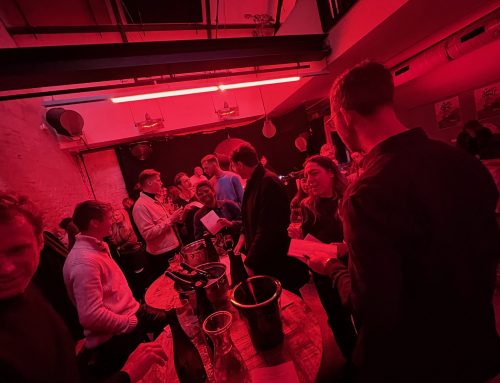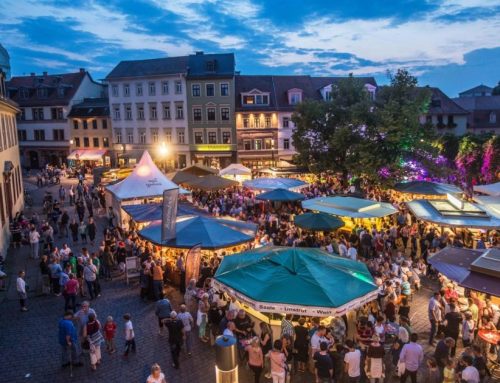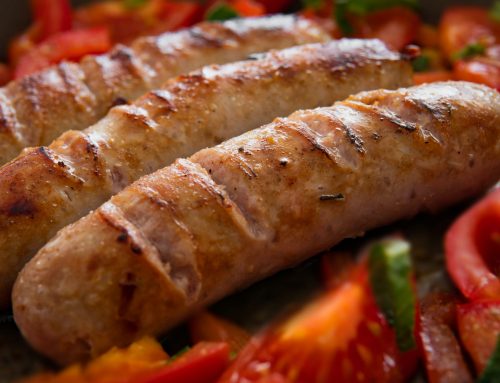I am sure that at least one (if not more) time you have wondered what it was like to party in the medieval times. Well stop wondering because you don’t have to travel back in time to experience it. Actually, you can do it in Germany.
Every year from 9th to 11th of July the Burgfest, or Castle Festival, is celebrated in the charming city of Burghausen. The castle in the city is considered “the largest castle in the world” and the festival is considered one of the five largest historical events in Europe.
A little bit of history about the city:
Burghausen is the largest city in the Altötting district of Bavaria, Germany. It is located on the shore of the Salzach, a border river with Austria. Their main attraction is the Burghausen Castle, (literally “burg” in German means “castle”). In 1164, Duke Heinrich the Lion took over the castle from the Count of Burghausen. The Wittelsbach family followed him in 1180, and they turned the castle into a powerful fortress. From 1255, Burghausen was the second residence of the Lower Bavarian dukes. The castle enjoyed its heyday as a late-medieval royal court with a royal household of over 100 people from 1393 to 1503 under the last three Lower Bavarian dukes Heinrich, Ludwig and Georg – known as “die Reichen” or “the rich”.
The castle’s display of splendour as the residence of the nobility and the wealth of the town, which was derived from the toll revenues on the salt trade, continue to shape the unique impression of the Burghausen ensemble to this day. The powerful, well-preserved castle complex is home to a total of six castle courtyards. The far end of the mountain ridge is home to the centrepiece – the main castle with the knight’s hall, bower and great hall. It served as the residence for the prince and princess of the Lower Bavarian royal court.
On a walk to the fortress complex, which is still inhabited in part to this day, you will keep coming across visible traces of the aristocratic inhabitants of the castle during the Middle Ages. You can find the St Jadwiga Chapel as well as the Georgstor gate with the two historical crests from Bavaria and Poland: The daughter of the Polish king Jadwiga (1457-1502) lived at Burghausen Castle following her marriage in Landshut to Duke Georg the Rich (1455-1503) until her death.
Now a little bit of history about the festival:
One of the most important (if not THE most important) highlights of the summer. Each year, on the second weekend in July, visitors from far and wide immerse themselves in the world of the early 16th century. For three days, all sorts of medieval activities take place on the world’s longest castle. It all begins with a procession: Over 1,500 actors don medieval clothing and walk from the Stadtplatz square to the castle, led by Duke Wilhelm IV and his wife Maria Jacobäa von Baden.
Artisans, jugglers and nobility, they all walk together from the Old Town up to the mountain crest. The event will bring you back in time to the year 1516 when Duke Wilhelm IV visited the city of Burghausen. At this moment the whole city gathered together in order to greet the noble guest with a large celebration. Thousands of people dressed in, what was trendy at that time, costumes. First, they were at the market place to later move all the way up to the castle.
Knights and Courtly Ladies:
Starting with an invitation from “Herzogstadt Burghausen” association, saying that the event will take place the second weekend of July. “The 1,500 people who join in with the parade are also involved in bringing the festival to life in their role as actors. We reenact the era as authentically as possible,” explains Heinz Donner, First Chairman of the association. The castle precincts that stretch for more than a kilometre are plunged back in time to the late Middle Ages and the Renaissance – a transformation that even includes street signs and dustbins. There is no trace of anything with a hint of modernity about it.
The tradition has been alive since 1903 “The visitors are given a first-hand experience. Even rooms in the castle that are usually closed to the public are opened up during the festival and peopled with historically costumed guides. This means that history can be experienced in real life,” explains the lord of the castle, Heinz Donner. Who is also in a costume as the Vizedom – the state governor –
Experience the medieval times:
This event is not only about people putting on costs and going up to the castle. There are more things to experience and see. For example, the smell in the air, which is filled with the scent of campfires, spit-roasted fish and suckling pig. If you a thirsty, you can try the Met (honey wine or mead), wine and a beer that is specially brewed for the festival and served in traditional tankards. The whole atmosphere is exuberant but at the same time peaceful and exciting.
Everybody, from young to old from far and near enjoy medieval musicians and actors perform on the large stage on the Waffenplatz. At the medieval market, traders offer all manner of ancient delights, such as swords, helmets, beautiful gowns, jewelery and healing stones. A festival that reflects Bavaria in the Middle Ages – and an unforgettable journey into a scene from long ago.
What do you think? Would you like to experience a party like in the medieval times?







Leave A Comment